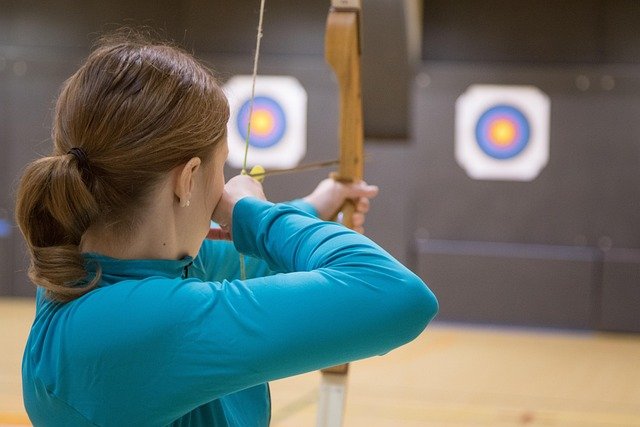Virtual Reality Opera: A New Frontier in Musical Performance
In the ever-evolving landscape of artistic expression, a groundbreaking fusion of technology and classical art form is taking center stage. Virtual Reality (VR) opera, an innovative blend of centuries-old musical tradition and cutting-edge immersive technology, is redefining the boundaries of operatic performance. This nascent art form is captivating audiences worldwide, offering a unique, multisensory experience that transcends the limitations of traditional opera houses. As VR technology continues to advance, it opens up unprecedented possibilities for composers, performers, and audiences alike, heralding a new era in musical storytelling.

Breaking the Fourth Wall
One of the most significant aspects of VR opera is its ability to dissolve the traditional barrier between performers and audience. In a conventional opera house, spectators are confined to their seats, observing the action from a fixed perspective. VR opera, however, allows audience members to step into the heart of the performance, experiencing the story from multiple angles and even interacting with the environment and characters.
Reimagining Operatic Composition
The advent of VR opera has sparked a renaissance in operatic composition. Composers are now tasked with creating not just music and libretto, but entire virtual worlds. This new canvas allows for unprecedented creativity in storytelling, with composers incorporating interactive elements, multiple narrative paths, and dynamic visual landscapes that respond to the music and audience interactions.
Technological Challenges and Innovations
Creating a seamless VR opera experience presents unique technical challenges. Developers must synchronize high-quality audio with responsive visual environments, ensure low-latency interactions, and design intuitive user interfaces that don’t detract from the immersion. Recent advancements in haptic feedback technology are also being integrated, allowing audiences to feel the vibrations of music and the textures of virtual sets.
The Global Reach of Virtual Reality Opera
One of the most exciting aspects of VR opera is its potential for global accessibility. Traditional opera performances are often limited by geography and venue capacity. VR operas, however, can be experienced from anywhere in the world with the right equipment. This democratization of access is introducing opera to new audiences and fostering a global community of enthusiasts.
Critical Reception and Artistic Debate
As with any revolutionary art form, VR opera has sparked intense debate within the artistic community. Traditionalists argue that the technology detracts from the purity of vocal performance and orchestral music. Proponents, however, see it as a natural evolution of the art form, one that can attract younger audiences and ensure opera’s relevance in the digital age.
The Future of Virtual Reality Opera
As VR technology continues to advance, the possibilities for VR opera seem limitless. Future developments may include multi-user experiences where audience members can interact with each other, AI-driven characters that respond dynamically to viewer emotions, and even neural interfaces that allow composers to translate thoughts directly into music and visuals. The fusion of classical artistry with cutting-edge technology promises to keep opera at the forefront of artistic innovation for years to come.





